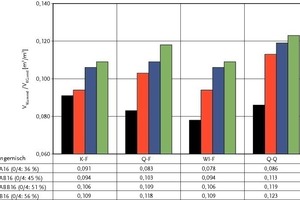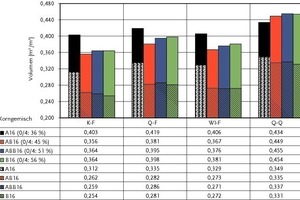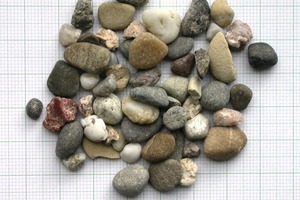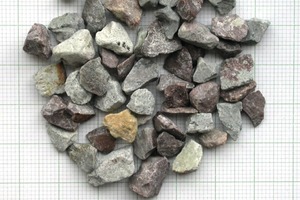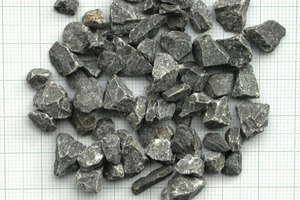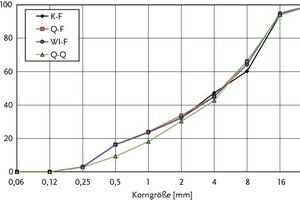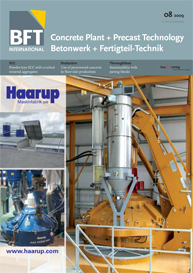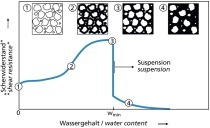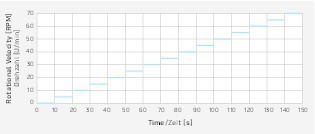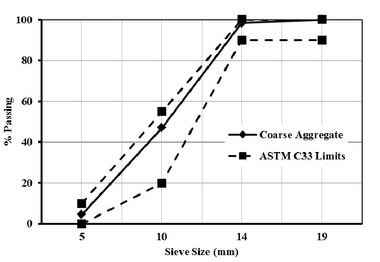Design concept and flow properties of SCC – Part 1
Although self-compacting concrete (SCC) has been regulated since 2004 as a result of the addition of the SCC Guideline [1] to the List of Building Rules, its share is still very low in Germany. Amongst other factors, this is due to the fact that the flow properties – and thus the self-compacting characteristics – are adjusted to practical requirements mostly on the basis of complex, usually empirical, mix concepts that can be transferred to other input materials only to a limited extent. For this reason, there is a continued need for practice-oriented mix concepts that take variations in the raw materials of concrete into account whilst enabling a corresponding adjustment of the fresh concrete properties in the production process.
The first part of this two-part article presents an approach to determining the volume of the cement paste required to produce SCC and discusses this approach with respect to the granulometric characteristics of the aggregate mix. The second part refers to the production of SCC mixes on the basis of the required cement paste volumes, which were determined in an experimental set-up, and outlines options to describe the rheological properties of the fresh concrete.
Introduction
A certain amount of cement paste is required to produce SCC of the powder type in accordance with the SCC Guideline...

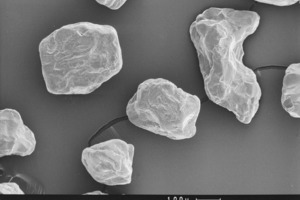
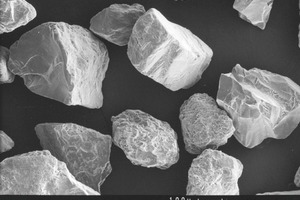
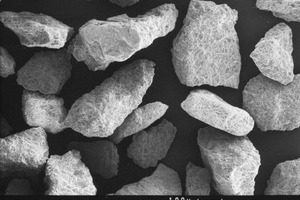
![Fig. 2 Model of self-compact-ing concrete with non-spherical mineral aggregate and conversion of the particle shapes to idealized spheres as an extension of the cement paste layer thickness model according to [6].](https://www.bft-international.com/imgs/tok_ed75883f51b1bbba8642a403282a431d/w300_h136_x223_y68_103937348_b476b3d7bb.jpg)
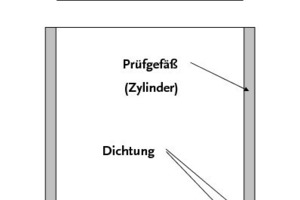
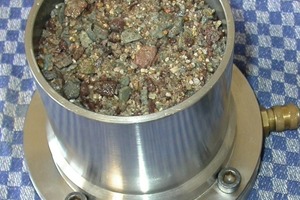


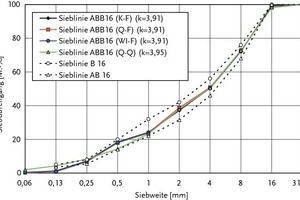
![Fig. 5 Void ratios of aggregate mixes K-F; Q-F; WI-F and Q-Q in the case of grading curve variation. Tested applying the particle-mix method to the wet aggregate mix, non-compacted (VH,KGP,unverd) and compacted (VH,KGP,verd), as well as to the dry aggregate mix on the basis of DIN EN 1097-3 [7], non-compacted (VH,Schütt(EN1097)) and compacted (VH,Pack).](https://www.bft-international.com/imgs/tok_85f3a0ae92ab4e74c03bf18f81a1073d/w300_h200_x350_y207_103937343_01de697507.jpg)
